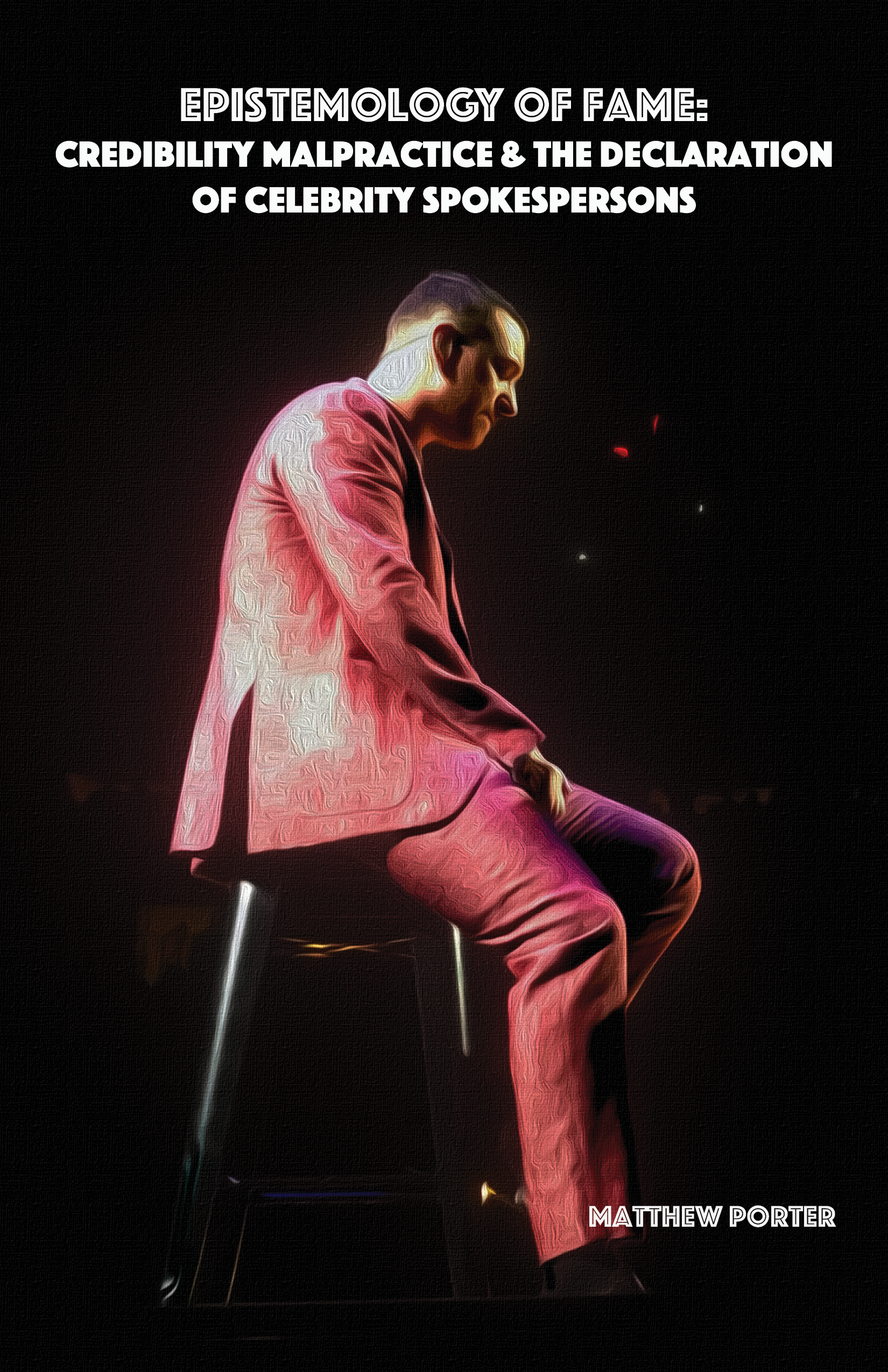Publications
Porter, M. (forthcoming 2024). Deplorable by Proxy: Sartorial Semiosis and the Rendering of an Underclass. Fashion, Style, and Popular Culture. 11(4).
Porter, M. (2023). Dialectical MAGA: Sociopolitcal and Legal Perspectives of a Little Red Hat. Journal of American Culture. https://doi.org./10.1111/jacc.13427
Porter, M. (2022). Conversations in Veterans’ Studies: ‘Veteran’ as a Post-Labor Category. Journal of Veterans’ Studies, 8(1), 70-73. http://doi.org/10.21061/jvs.v8i1.297
Porter, M. (2021). The Rise of Regulations for Sustainability Messaging in Apparel Industry. Unbuilt Labs. https://unbuiltlabs.com/2021/09/07/rising-sustainability-message-regulations-in-the-apparel-industry/
Porter, M. (2021). Sounds Green to Me! Rendering Sustainable in US Online Apparel Marketing. Unbuilt Labs. https://unbuiltlabs.com/2021/09/07/sounds-green-to-me-a-case-study-of-rending-sustainable-in-us-apparel-websites/
Porter, M. (2021). The Green Divide: Bridging the Attitude-Behavior Gap in Sustainable Apparel Consumption. Unbuilt Labs. https://unbuiltlabs.com/2021/09/07/the-green-divide-bridging-the-attitude-behavior-gap-in-sustainable-apparel-consumption/
Porter, M. (2021). The Society of Cultural Anthropology’s Campaign to Present American Populism as Fascism. Quillette. https://quillette.com/2021/08/05/the-society-of-cultural-anthropologys-campaign-to-present-american-populism-as-fascism/
Porter, M. (2019). Review: Fashion History, A Global View. Fashion, Style, & Popular Culture, 6(3). Intellect.
Research
Men of Steel (2019)
Many theorists are at least able to attribute the purpose of dress as serving both psychosocial and physical functions. While the psychosocial implications of various garments/styles are readily investigated, the physical function of clothing is less frequently considered thoroughly… Among other functionalities, protection is one of the central physical facets for which clothing is designed to be a solution. While the rapid industrialization of the modern world has assuaged many of the concerns regarding bodily protection vis-à-vis the elements, there remains several frontiers in which clothing is still relied upon to fill this protective role, namely, war…Considering the US Army Combat Uniform and its iterations, this work critiques the narrow study of dress through the psychosocial, exploring the function of dress more robustly. In addition to psycho-sartorial frameworks of embodiment and gender, materiality and physiological perspectives are employed in order to investigate the ways in which clothing can be strategically designed to resolve concerns of protection and efficiency for US military personnel and henceforth offer optimal strategic advantage.
Keywords: armor, US Military, Kevlar, functional design, army combat uniform, wearable technology, camouflage, textiles, masculinity
Frock-Coats to Fuccbois (2018)
This paper critically examines the nature of participation amongst adolescent to young-adult, heterosexual males, approximately ages 15-25, in the sphere of fashion, and additionally explores the notion of sartorial presentation or “style” as a function of age. Framed with reference to historical men’s dress practice, and the respective sociocultural institutions—most notably against midcentury postmodernity, as well as against the continually controversial meta-modernity—it is uncovered how agents such as masculinity, media, and aspiration to social norms work to manipulate youth males’ perception of, and expression through fashion. Moreover, it is theorized how the sartorial stylistic discontents between traditional, and “new” masculinities can be ameliorated across generational lines.
Keywords: men’s fashion, adolescence, masculinity, youth culture, style and identity, age, metamodernism, fashion consumption.
Epistemology of Fame (2017)
Epistemic injustice is often associated with an epistemic agent being provided less credibility than the available evidence would indicate that he or she ought to have. It is argued here however, that it is as much of an epistemic injustice to afford an agent excessive credibility due to a prejudice, or expectation that the agent ought to be a knower. Miranda Fricker’s central case of testimonial injustice by means of credibility deficit is explored in relationship to the election of celebrity figures as spokespersons. In this position, the person is not epistemically harmed by a credibility deficit, rather a credibility excess. Sam Smith’s 2016 Oscar speech controversy is utilized as a case study in order to theorize the potential harms enacted, epistemic or otherwise, by means of being prescribed a spokesperson, and ascribed a credibility excess.
Keywords: epistemology, spokespersons, credibility excess, epistemic injustice, pop-culture, postmodernism, celebrity, fame, Sam Smith
Dressing the Part (2016)
Corporate dress codes tend to adhere to a binary understanding of gender, and expression. Research was conducted in order to examine the factors that would contribute to corporate dress code policy could be more inclusive of the dress behavior of LGBT women, in addition to examining the potential modifications to styles, and product offerings that apparel brands could instate in order to better target lesbian women as a market segment. Self-identifying, employed, LGBT women (n=76) working in a variety of industries participated in interviews, and an online survey focused on their personal gender expression, and how their sexual orientation translated into how they desired to dress in a professional setting. We hypothesized that LGBT women would prefer the option of dressing in a more masculine way while at work. While supported, the majority of the participants would prefer that menswear brands would target them as a market, as opposed to ladieswear firms.
Keywords: lesbian, dress behavior, gender, dress code, work-environment, LGBT





